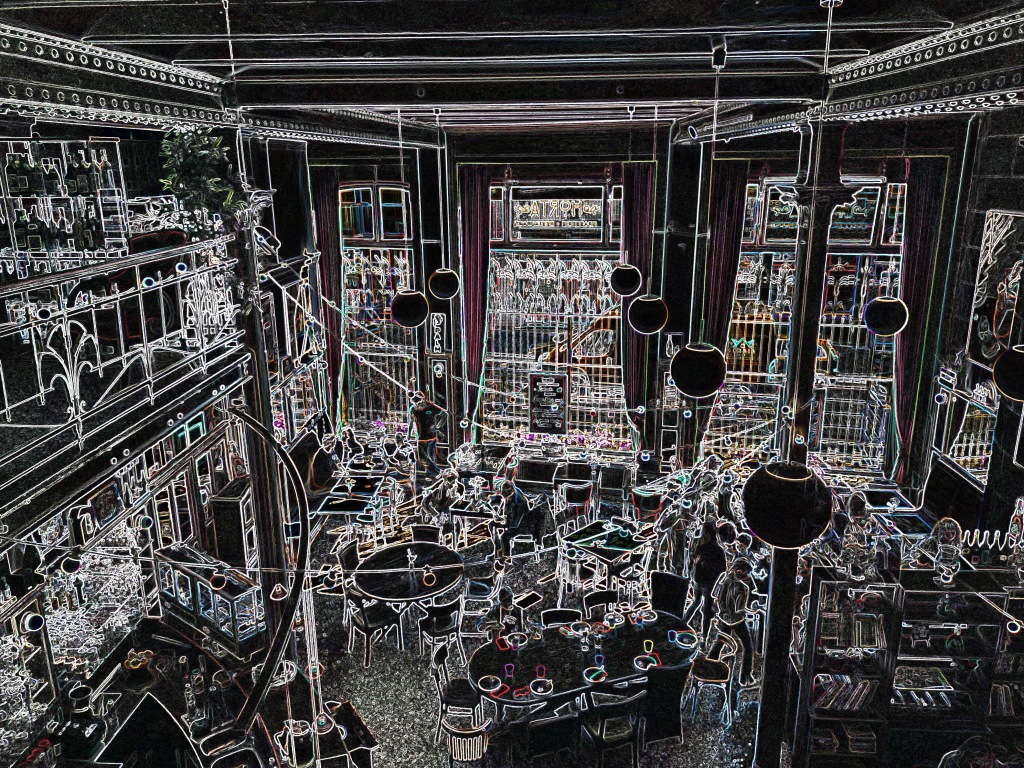

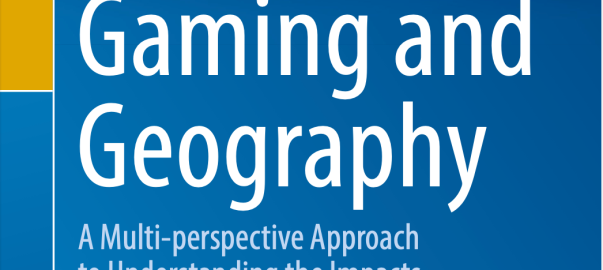
New book chapter
Champion, E. (2024). Caught Between a Rock and a Ludic Place: Geography for Non-geographers via Games. In M. Morawski & S. Wolff-Seidel (Eds.), Gaming and Geography: A Multi-perspective Approach to Understanding the Impacts on Geography (Education) (pp. 49-61). Springer International Publishing. https://doi.org/10.1007/978-3-031-42260-7_3
Conference papers, articles, books, and blogs have already examined how aspects of cultural geography can be explored through video games. This paper will explain how games and game engines can be modded (modified) to allow players to explore aspects of GeoHumanities, in particular, place and presence, from a perspective aligned with a selection of concerns and methods in cultural geography and critical geography.
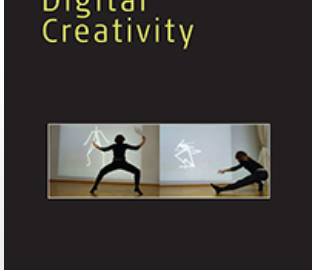
CFP – Digital Creativity Special Issue “Creative Digital Escape Rooms”
Digital Creativity – Special Issue: “Creative Digital Escape Rooms”
UPDATE: THE OFFICIAL CALL IS AT https://think.taylorandfrancis.com/special_issues/creative-digital-escape-rooms/
Special Issue Editors: Erik Champion, University of South Australia, erik.champion@unisa.edu.au and Susannah Emery, University of South Australia susannah.emery@unisa.edu.au
While they are increasingly popular in urban settings, digital escape rooms can be experienced physically, digitally, virtually, or in hybrid form, inside or outside (Lucarelli 2019), or a combination of both. Their potential as learning environments has been well-researched (Makri, Vlachopoulos, and Martina 2021; Charlo 2022), as has their potential for a range of domains: engaging audiences with museum and gallery collections (Smith 2017; Antoniou, Dejonai, and Lepouras 2019; Back et al. 2019; Schaffman 2017), showcasing tourism attractions (Pakhalov and Rozhkova 2020) or even visualising big data (Lior 2020).
They have also been used to test educational techniques (McFadden and Porter 2018; Karageorgiou, Mavrommati, and Fotaris 2019; Pozo-Sánchez, Lampropoulos, and López-Belmonte 2022) and allow the training of unlikely skills and concepts, such as computer programming (Yllana-Prieto, González-Gómez, and Jeong 2023). They can integrate analogue and digital content (Krekhov et al. 2021), exist purely in the virtual realm (Pozo-Sánchez, Lampropoulos, and López-Belmonte 2022), or combine human-driven, mechanical or “smart” interaction and sensory devices (Karageorgiou et al. 2021).
But what makes a creative digital escape room? How can creative experiences be shared? How can creative content be explored and appreciated? How can creative decision-making, insight, and teamwork be fostered and encouraged? Are there digital escape rooms that allow themselves to be creatively reframed, reconfigured, or otherwise modified or extended?
We are equally open to submissions on hybrid (digital and physical) escape rooms, virtual escape rooms, and escape rooms that redefine, provoke or extend stereotypes and conventions of escape room design.
Examples include but are not limited to:
- Creative content, creative design, creative user input, or creative experiences arising from digital escape room design;
- The implications of different genres, platforms, equipment or the mode of delivery on creative engagement;
- Trends, relationships, and influences relating to digital escape room design;
- The dynamic relationships between tools, interaction, surroundings, and environment;
- Design tools and design methods;
- Historical, pedagogical, and/or auto-ethnographic accounts of digital escape rooms;
- Critical reflections and interventions on the relationship of digital escape rooms, changing social phenomena, culture, and creativity;
- Accounts and analyses of engagement and evaluation of digital escape room experiences.
Submission requirements:
Submission to this special issue is a two-stage process. Authors interested in contributing are invited to submit an extended abstract (500 words) for review. The extended abstract should include the following information: (1) Name of author(s) with email addresses and affiliation, if applicable, (2) Title of the paper, (3) Body of the abstract, (4) Preliminary bibliography, (5) Short bio(s). Please email abstracts directly to the editors listed below. Authors whose abstracts are accepted will then be invited to submit a full paper (up to 7000 words). Full papers will then be double blind peer reviewed for acceptance into the special issue. Note that acceptance of an abstract alone does not imply acceptance for publication in the journal. Upon acceptance of the abstract, you will be sent further authors’ guidelines based on the Digital Creativity guidelines (Instructions for Authors) at https://www.tandf.co.uk/journals/NDCR.
Reference
Important Dates
Abstracts due: January 13, 2025;
Full papers due: March 31, 2025 – full essays due via ScholarOne;
Final versions due: June 30, 2025– deadline for final/revised articles;
Expected publication: End of 2025.
Submission method: see https://think.taylorandfrancis.com/special_issues/creative-digital-escape-rooms/
REFERENCES
- Antoniou, Angeliki, Marios Ilias Dejonai, and George Lepouras. 2019. ‘Museum escape’: A game to increase museum visibility. Paper presented at the Games and Learning Alliance: 8th International Conference, GALA 2019, Athens, Greece, November 27–29, 2019, Proceedings 8.
- Back, Jon, Svante Back, Emma Bexell, Stefan Stanisic, and Daniel Rosqvist. 2019. The quest: An escape room inspired interactive museum exhibition. Paper presented at the Extended Abstracts of the Annual Symposium on Computer-Human Interaction in Play Companion Extended Abstracts.
- Charlo, José Carlos Piñero. 2022. “The Rise of Educational Escape Rooms: Designing Games as Formative Tasks.” In Handbook of Research on the Influence and Effectiveness of Gamification in Education, 143-63. IGI Global.
- Karageorgiou, Zoi, Eirini Mavrommati, and Panagiotis Fotaris. 2019. Escape room design as a game-based learning process for STEAM education. Paper presented at the ECGBL 2019 13th European Conference on Game-Based Learning.
- Karageorgiou, Zoi, Konstantinos Michalakis, Markos Konstantakis, Georgios Alexandridis, and George Caridakis. 2021. Smart Escape Rooms for Cultural Heritage: A Systematic Review. Paper presented at the Proceedings of the European Conference on Games-based Learning.
- Krekhov, Andrey, Katharina Emmerich, Ronja Rotthaler, and Jens Krueger. 2021. “Puzzles Unpuzzled: Towards a Unified Taxonomy for Analog and Digital Escape Room Games.” Review of. Proceedings of the ACM on Human-Computer Interaction 5 (CHI PLAY):1-24.
- Lior, Solomovich. 2020. “Studying big data using virtual escape rooms.” Review of. International Journal of Advanced Statistics and IT&C for Economics and Life Sciences 10 (1):23-30.
- Lucarelli, Vissia. 2023. “Creating an Escape Room in a Heritage Site.” Accessed 12 July 2023. https://www.museumnext.com/article/creating-an-escape-room-in-a-heritage-site/.
- Makri, Agoritsa, Dimitrios Vlachopoulos, and Richard A Martina. 2021. “Digital escape rooms as innovative pedagogical tools in education: A systematic literature review.” Review of. Sustainability 13 (8):4587.
- McFadden, Colin, and S Porter. 2018. Augmented reality escape rooms as high-engagement educational resources. Paper presented at the ICERI2018 Proceedings.
- Pakhalov, Alexander, and Natalia Rozhkova. 2020. “Escape rooms as tourist attractions: Enhancing visitors’ experience through new technologies.” Review of. Journal of Tourism, Heritage & Services Marketing (JTHSM) 6 (2):55-60.
- Pozo-Sánchez, Santiago, Georgios Lampropoulos, and Jesús López-Belmonte. 2022. “Comparing Gamification Models in Higher Education Using Face-to-Face and Virtual Escape Rooms.” Review of. Journal of New Approaches in Educational Research 11 (2):307-22.
- Schaffman, A. 2017. “Escaping the Mundane: Using Escape Rooms in a Museum Setting.” In MuseumNext: RISK. Melbourne, Australia: MuseumNext.
- Smith, Amanda. 2023. “How to get millennials into your Museum with escape rooms.” MuseumNext, Accessed 12 July. https://www.museumnext.com/article/get-millennials-museum/.
- Yllana-Prieto, Félix, David González-Gómez, and Jin Su Jeong. 2023. “The escape room and breakout as an aid to learning STEM contents in primary schools: an examination of the development of pre-service teachers in Spain.” Review of. Education 3-13:1-17. doi: 10.1080/03004279.2022.2163183.
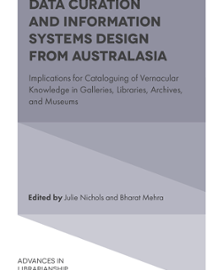
free book chapter
Our book chapter Galleries, Libraries, Archives and Museums [GLAM]-focused Games and Gamification is free to access until 21 October 2024. https://www.emerald.com/insight/content/doi/10.1108/S0065-283020240000054006/full/html
Engaging with digital heritage requires understanding not only to comprehend what is simulated but also the reasons leading to its creation and curation, and how to ensure both the digital media and the significance of the cultural heritage it portrays are passed on effectively, meaningfully, and appropriately. The United Nations Educational, Scientific, and Cultural Organization defines ‘digital heritage’ to comprise of computer-based materials of enduring value some of which require active preservation strategies to maintain them for years to come.
With the proliferation of digital technologies and digital media, computer games have increasingly been seen as not only depicters of cultural heritage and platforms for virtual heritage scholarship and dissemination but also as digital cultural artefacts worthy of preservation. In this chapter, we examine how games (both digital and non-digital) can communicate cultural heritage in a galleries, libraries, archives, and museums [GLAM] setting. We also consider how they can and have been used to explore, communicate, and preserve heritage and, in particular, Indigenous heritage. Despite their apparently transient and ephemeral nature, especially compared to conventional media such as books, we argue computer games can be incorporated into active preservation approaches to digital heritage. Indeed, they may be of value to cultural heritage that needs to be not only viewed but also viscerally experienced or otherwise performed.
CFPs for 2025
*START* DUE CONF THEME LOCATION
- 5/02/25 4/10/2024 DiGRAA2025 Communities of Practice and Play Adelaide Australia
- 17/03/25 26/9/2024 GDC GDC educators San Francisco USA
- 15/04/25 19/9/2024 FDG Accessible Worlds, United Through Play Vienna Austria
- 26/04/25 5/12/2024 CHi2025 alt.chi Yokohama Japan
- 5/05/25 8/9/2024 CAA2025 Digital Horizons: Embracing Heritage in an Evolving World (session) Athens Greece
- 28/05/25 15/1/2025 CMN25 Computational Models of Narrative Geneva Switzerland
- 22/06/25 18/10/2024 WAC World Archaeology Conference Darwin Australia
- 25/06/25 25/11/2024 New Directions Oceanic Journeys: Multicultural Approaches in the Humanities Hilo, Hawaii, USA
- 30/06/25 29/11/2024 DiGRA2025 Games at the Crossroads Malta
- 2/07/25 16/9/2024 CAADFUTURES 2025 catalytic interfaces Hong Kong
- 5/07/25 12/1/2025 DIS ACM Designing Interactive Systems Conference (DIS) 2025 Funchal, Madeira
- 15/07/25 ? DH2025 Digital Humanities Lisboa Portugal
- 3/09/25 11/11/2024 EAA2025 European Association of Archaeologists (EAA) (sessions) Belgrade Serbia
- 15/09/25 15/11/2024 onmuseums Eighteenth International Conference on the Inclusive Museum Zaragoza Spain
- 15/09/25 15/9/2024 SAHC2025 Heritage conservation in the digital era Lausanne Switzerland.
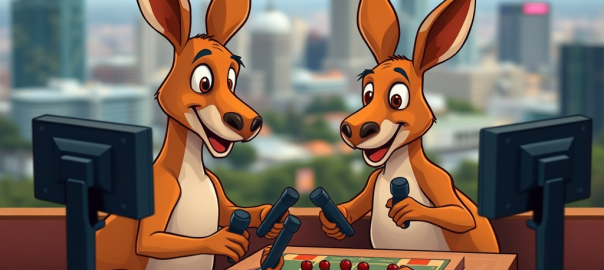
CFP DiGRA Australia 2025
#CFP three-day DiGRA Australia Game Studies conference 5th – 7th of February, 2025, University of South Australia, Adelaide, South Australia. Abstracts due 4 October. Theme: “Communities of Practice and Play”. Free registration.
URL: https://digraa.org/post/call-for-papers-digra-australia-2025-national-conference/
Bluesky
Just to say my profile there is https://bsky.app/profile/erikmc.bsky.social
Reflective experiences with immersive heritage
I have uploaded the author version of my chapter entitled “Reflective Experiences with Immersive Heritage” for

1st Edition
Difficult Heritage and Immersive Experiences
Edited By Agiatis Benardou, Anna Maria Droumpouki Copyright 2023
The explosion in the development and communication of digital humanities has seen fascinating digital visualisation projects. Some focus on slavery and massacre, such as the Monroe and Florence Work Today website, (Monroe & Florence Work Unknown), a database and mapping platform of lynching in America, Slave voyages visualized by SLADE magazine (Kahn and Bouie 2015) and in Australia the Colonial Frontier Massacres in Australia 1788-1930 map, Australia. (Allam and Evershed 2019; Ryan 2019). Some focus on outright horror, others use digital technology to convey contestation and issues of ambiguity. Despite the growth and spread of these digital humanities visualisation projects, parallel and accessible examples in immersive virtual heritage are harder to find. Over the last three decades, immersive technologies (especially as “new” media) have embraced digital heritage to create showstopping instant experiences, but existing, durable examples of virtual heritage (virtual reality applied to cultural heritage) are relatively rare, and examples of difficult heritage far rarer. To review and address this gap, I will summarize dilemmas in present research on immersion, presence and immersivity; cover recent developments in virtual, augmented and mixed reality technology. Then, inspired by UNESCO charters, indigenous manifestos and ethical design principles in digital humanities, (Hepworth and Church 2018), I will attempt to formulate a theoretical framework with criteria and guidelines to help immersive environment designers address the depiction or evocation of difficult pasts.

Museum Big Data
#CFP International Conference on Museum Big Data
Paper submission deadline is NOW 31 August, 2024 and conference days (on-site in Athens & Online): 18-19 November, 2024.
I should note a potential conflict of interest. I am a keynote, but looks like they haven’t yet used my sent bio! Anyway, hope to see you there, happy to receive links and news about big GLAM data viz and immersive and game-like experiences!
Yes the venue is very close (walking distance I think) to that site…
Edit image from conference site, not my own. I’ll add attribution when I find the details.
2024 upate
So it appears to me that I over-publish and I want to step back from the mill and concentrate on other projects of value to me and to others. I have a few journal articles and chapters to complete, maybe a keynote, and maybe a new (short) book-we shall see.
The last two years I have been swamped trying to complete many publication demands on me and I’ve also been subject to what appears to be daily request from journals of unproven repute who address me by name and complain I don’t answer them or review for them. These are unsolicited. And I review far too often.
With a refocus on quality over quantity, and hopefully a personal reappraisal of where I am providing scholarly and general value to others and work satisfaction to myself, this sometimes blog may change.
It has also become apparent to me that the field of virtual heritage is only valued by many as a testcase for technology, and the work required to understand the many dynamic and vastly-changing fields is underrated by many.
This issue has not gone away with the sudden promise of generative AI. However, this is a promise of instant captivation with no guarantee of longterm cultural value.
I know it is the second half of the year but it is hopefully a new year for me.
I’m looking forward to this book, I’m interviewed for a section in it and the rest of the content is interesting!
Champion, E., & Estrina, T. (2025: in press). On his roles as Professor and Research Fellow- Erik Champion. In V. Hui, R. Scavnicky, & T. Estrina (Eds.), Architecture and Videogames Intersecting Worlds. Routledge. https://www.routledge.com/Architecture-and-Videogames-Intersecting-Worlds/Hui-Scavnicky-Estrina/p/book/9781032528854
“The definitive resource on consolidating these interconnected fields, this book will mobilize the current generation of designers to explore and advance this synthesis.””This book explores and affirms the emergent symbiosis between video games and architecture, including insights from a diverse range of disciplines.
With contributions from authorities in both architecture and videogame industries, it examines how videogames as a medium have enlightened the public about the built environments of the past, offered heightened awareness of our current urban context, and presented inspiration and direction for the future directions of architecture. A relatively nascent medium, videogames have rapidly transitioned from cultural novelty to architectural prophet over the past 50 years. That videogames serve as an interactive proxy for the real world is merely a gateway into just how pervasive and potent the medium is in architectural praxis. If architecture is a synthesis of cultural value and videogames are a dominant cultural medium of today, how will they influence the architecture of tomorrow? Heavily illustrated with over 200 images, the book is split into seven sections: Cultural Artifacts, Historic Reproduction, Production Technologies, Design Pedagogy, Proxies and Representation, Bridging Worlds, and Projected Futures.
The definitive resource on consolidating these interconnected fields, this book will mobilize the current generation of designers to explore and advance this synthesis.”
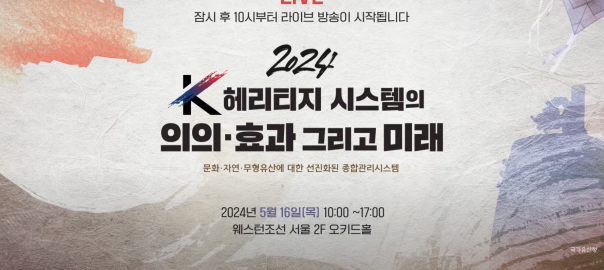
International Symposium on the K-Heritage System: Significance, Effect, and Future
I was invited to this Symposium last month in Seoul, the 16 May talks were great, the hotel and heritage tour were very impressive, and I hope the conference proceedings will be published.
The one day symposium is on YouTube but with Korean voiceover:
https://www.youtube.com/watch?v=McORo-O04jA&t=6s
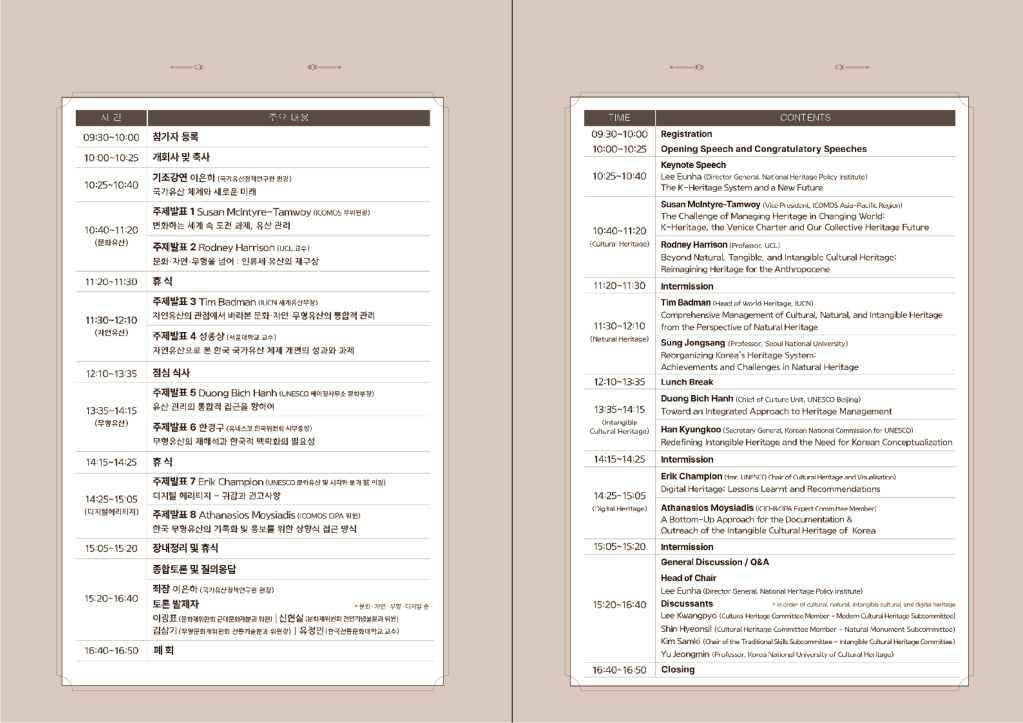
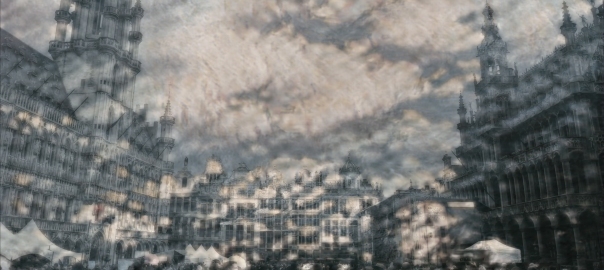
Brussels
new journal article
Fensham, R., Summer, T. D., Cutter, N., Buchanan, G., Liu, R., Munoz, J., Smithies, J., Zheng, I., Carlin, D., Champion, E., Craig, H., East, S., Hay, C., Given, L. M., Macarthur, J., McMeekin, D., Mendelssohn, J., & van der Plaat, D. (2024). Towards a National Data Architecture for Cultural Collections: Designing the Australian Cultural Data Engine. Digital Humanities Quarterly, 18(2). https://www.digitalhumanities.org/dhq/vol/18/2/000678/000678.html
This article summarises the aims, methods, information architecture, outputs, and innovations of the Australian Cultural Data Engine (ACD-Engine), a project that harnesses leading cultural databases to build bridges to research, industry, and government. The project investigates digital heritage collections, data ontologies, and interoperability, building an information architecture to enhance the open sharing of Australian cultural data. Working with a cross-disciplinary team, the ACD-Engine establishes conceptual and technical frameworks for better understanding the platforms and uses of cultural data across a range of national and international contexts. This new cyber-infrastructure advances cultural data aggregation and interoperability whilst prioritising data quality and domain distinctiveness to answer new research questions across disciplines. As such, the ACD-Engine provides a novel approach to data management and data modelling in the arts and humanities that has significant implications for digital collections, digital humanities, and data analytics.
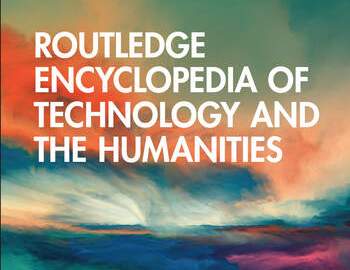
new book chapter out
Apologies it is not open access!
Champion, E., & Rahaman, H. (2024). DH-XR: Extended Reality’s Relevance to the Digital Humanities. In C. Sin-wai, M. Kin-wah, & S. M. Leung (Eds.), Routledge Encyclopedia of Technology and the Humanities. Routledge. https://www.routledge.com/Routledge-Encyclopedia-of-Technology-and-the-Humanities/Sin-wai-Kin-wah-Ming/p/book/9781032049427
In the chapter entitled ‘DH-XR: Extended Reality’s Relevance to the Digital Humanities,’ Professor Erik Champion of the University of South Australia and Dr Hafizur Rahaman of Curtin University explore the use of digital technology in the dissemination of cultural heritage. They cover 3D models, virtual/extended reality, and game design and discusses issues and challenges involved in these technologies. They also introduce immersive (digital) literary as a relevant learning skill for cultural heritage in this digital age.
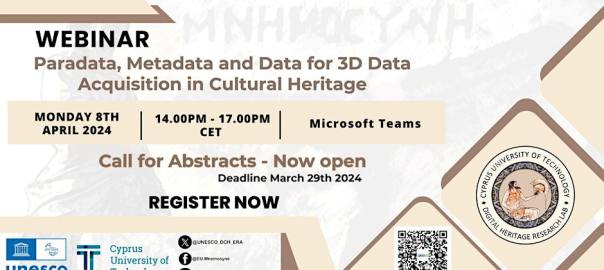
Defining Paradata, Metadata and Data (free webseminar)
I was invited to present online my thoughts on paradata and metadata in digital heritage today, a free webinar run by the UNESCO chair of digital cultural heritage staring 2PM Central European Time. More details are here. Talks are 10-15 minutes each…
1st Webinar on Defining Paradata, Metadata & Data for Documenting 2D/3D Digital Cultural Heritage (DCH) [yes if you miss this there will be another one]…
14:00-14:10 Harry Verwayen DG. Europeana Foundation. NL
Opening remarks
14:10-14:20 Marinos Ioannides, et al UNESCO Chair on DCH at Cyprus University of Technology. CY
Paradata, Metadata & Data for a digital #MemoryTwin
14:20-14:35 Isto Huvila Invited KEYNOTE Uppsala University. SE
Datafication of archaeological archiving and the preservation of what?
14:35-14:50 Luisa Ammirati, et al UNOSAT/UNITAR. CH, UNESCO WHC, FR
Paradata and metadata in an immersive digital heritage experience
14:50-15:05 Erik Champion University of South Australia. AU
Usable, Useful, Reviewable and Reusable Metadata
15:05-15:20 Carla Schroer, et al Cultural Heritage Imaging (CHI). US
Building Reliable and Reusable Complex Digital Representations: The Digital Lab Notebook
15:20-15:35 Daniel Pletinckx Visual Dimension bvba. BE
3D Heritage is Heritage, we should treat it as such
15.35-15:50 Tony Cassar, et al Heritage Malta. MT
Challenges of 3D Digitisation of Cultural Heritage
15:50-16:05 Shuyi Yin, et al Columbia University. US
Blockchain Technology for Enhanced Documentation and Management of Built Heritage in Historic Cities
16:20-16:35 Jean-Baptiste Barreau Archéologie des Amériques (ArchAm), CNRS. FR
Three-Dimensional Reconstruction of an Egyptian Saqiya: A Computational Approach to Preserving Cultural Heritage and Water Management Systems
16:35-16:50 Antoine Isaac, et al Europeana Foundation. NL
Making the Europeana Data Model a better fit for documentation of 3D objects
16:50-17:05 Raffaella Brumana, et al Politecnico di Milano. IT
HBIM quality information model to manage surveying, stratigraphic units and transformations into paradata. The mausoleum of Cecilia Metella and the Castrum Caetani
17:05-17:30 Discussion Session & Closing Remarks
Intangible heritage
Intangible and tangible heritage are two sides of the same coin, perhaps. It has been a great step forward for UNESCO to add the concept of intangible heritage, but I can’t help but feel heritage is the relationship between the two. How can digital heritage help re-span this gap?
NB isn’t “cultural heritage” saying the same thing twice? Oh yes, there is industrial heritage, but as soon as it becomes heritage it achieves some form of cultural status…

IVE interns
There are intern (unpaid, sorry) projects available at IVE UniSA (and at University of Auckland).
I’m excited to announce the launch of the 2024 virtual intern program for the Empathic Computing Laboratory and IVE AR/VR research centre.
We have 21 great projects in AR/VR/XR, brain computing interfaces, AI, etc that you can do without leaving home.
Apply now and get the chance to work and publish with some of the best researchers in the world. See https://lnkd.in/g-WFSeJ
by Mark Billinghurst
I have 2 projects listed (at the end of the PDF):
VIP Project List- March 2024
Project 20: 3D and panoramic interactive viewer
Review software (preferably open access and low cost) that can offer interactive and interesting ways to combine 3D models and panoramic backgrounds. Ideally the 3D model or aspects of the panorama can communicate with the viewer and / or with each other. Ideally the software can be modified and works across a variety of platforms. To give you an idea of recent related work, this paper examines software for historic architecture “Outside Inn: Exploring the Heritage of a Historic Hotel through 360-Panoramas” MDPI Heritage 2023, presentations using 3D: https://www.mdpi.com/2571-9408/6/5/232
Student Skills and Background:
● Essential:
○ Experience with 3D media, panoramas and html scripting
● Desirable:
○ JavaScript
Expected Deliverables:
● Project leading to an academic publication and working proof of concept
Project Duration: 3 – 6 months IVE collaborators: Ear Zow Digital
Project 21: Augmented Reality Workflows and Prototype Tools for Museums
Develop a simple and clear visual workflow or software wizard to provide non-programmers from the museum sector a way to visualize how their historic collections can be interacted with via AR phone-based software, ideally software that does not require downloading specialised apps (for example, works in the browser). It is ideally useful for android or apple phone-based operating systems, and allows for interactivity. The aim is to use this tool or schema in workshops with museum (GLAM) people to help them develop AR-based games even if they don’t have programming or interaction design experience. A way to gather data on how the tool or examples could be used would be an added benefit.
Student Skills and Background:
● Essential:
○ Skills in diagrams or mockups
● Desirable:
- ○ Interest in Augmented Reality for Android or Apple or other.
- ○ Interest in interaction design/user experience design Expected Deliverables:
● A workflow, a demo, and material for possible academic paper for a conference or a journal.
Project Duration: 3 – 6 months IVE collaborators: Ear Zow Digital
Playing With The Past (2011) archived
The above may take awhile to load but yes, my first book (based on most of my PhD, but not the stats) can now be read on the Internet Archive.
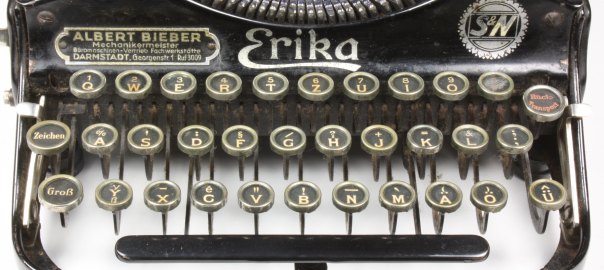
Updated papers
Sorry the paper page was getting out of date. Have not listed most recent articles in press but will do so in a few months.

